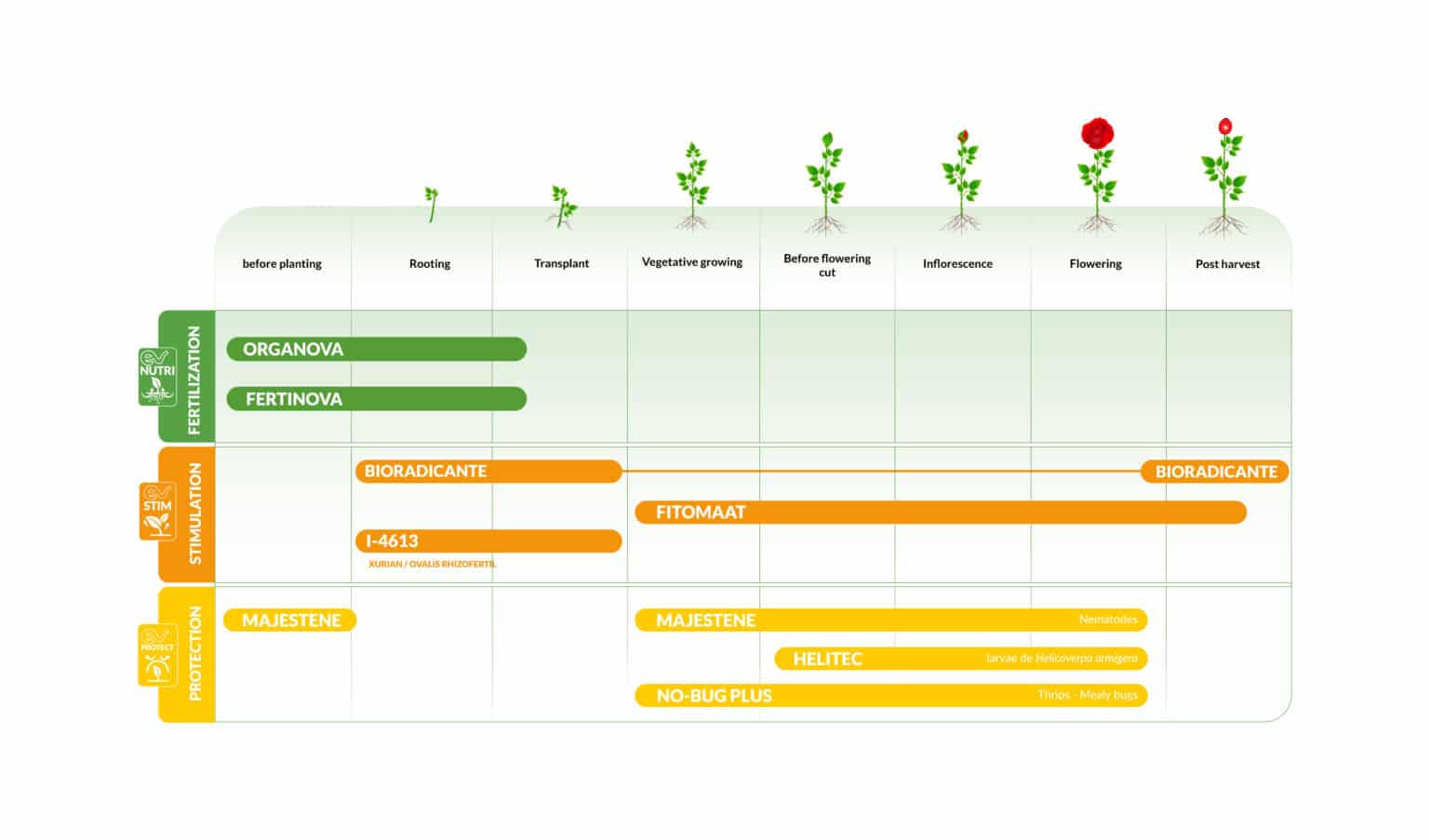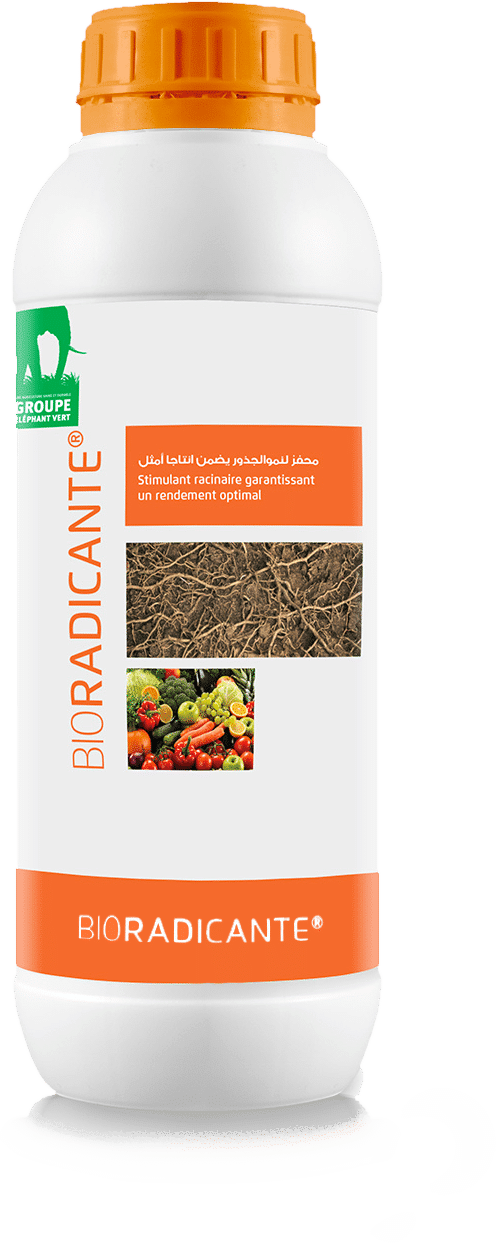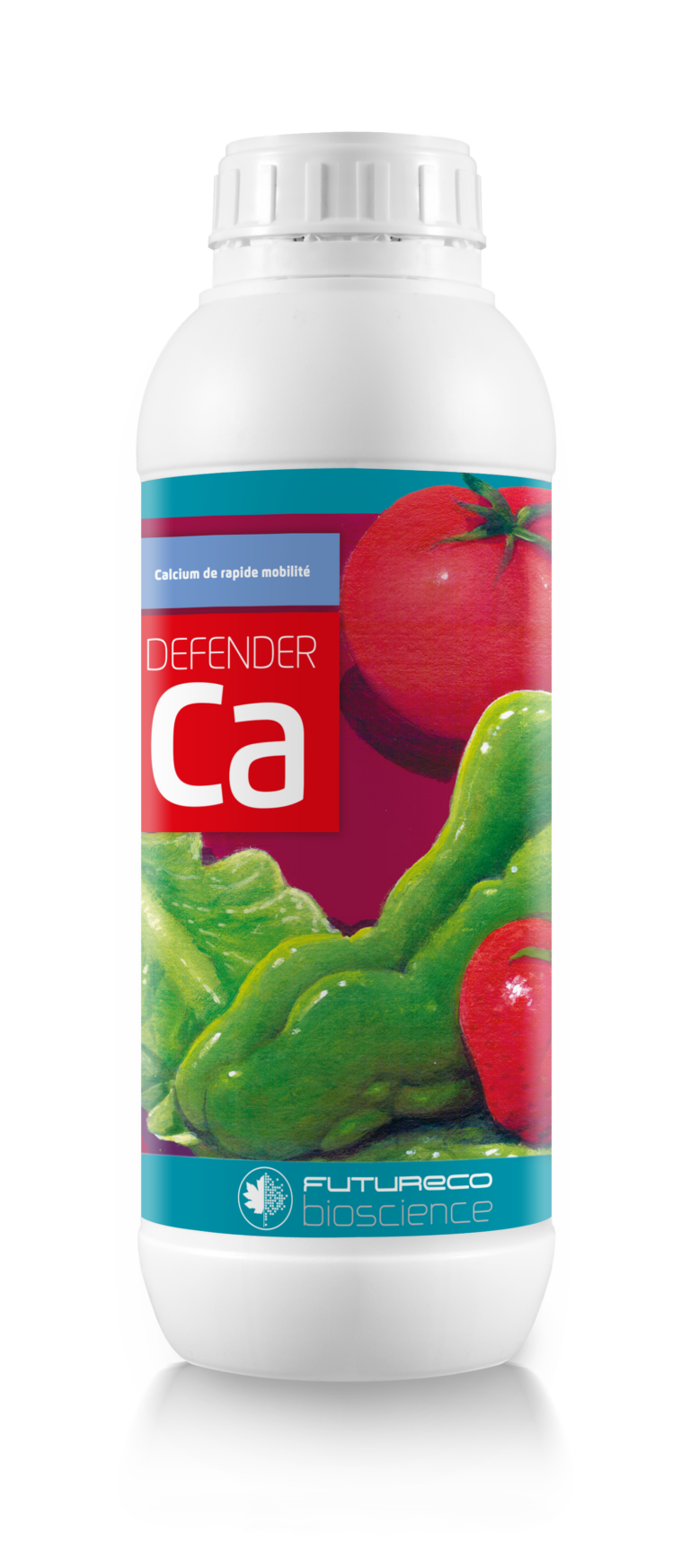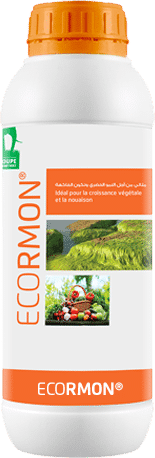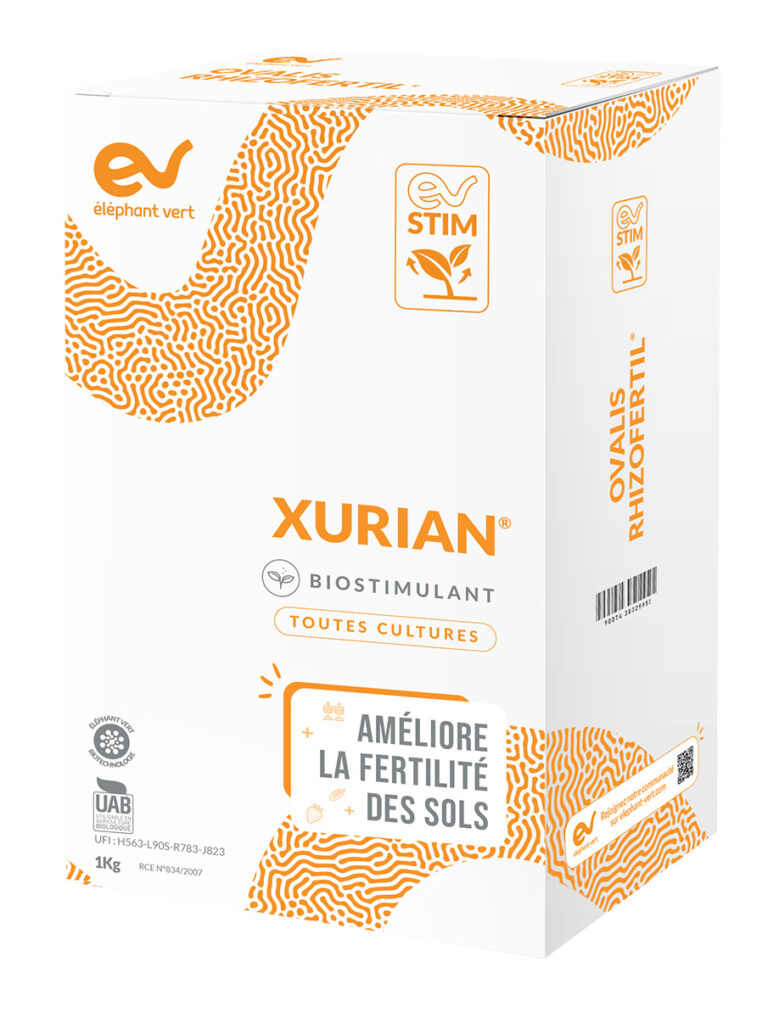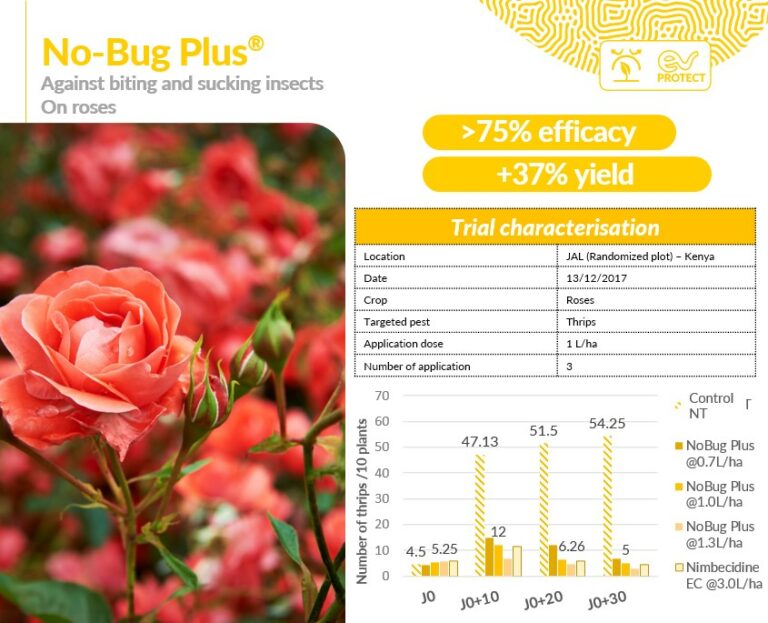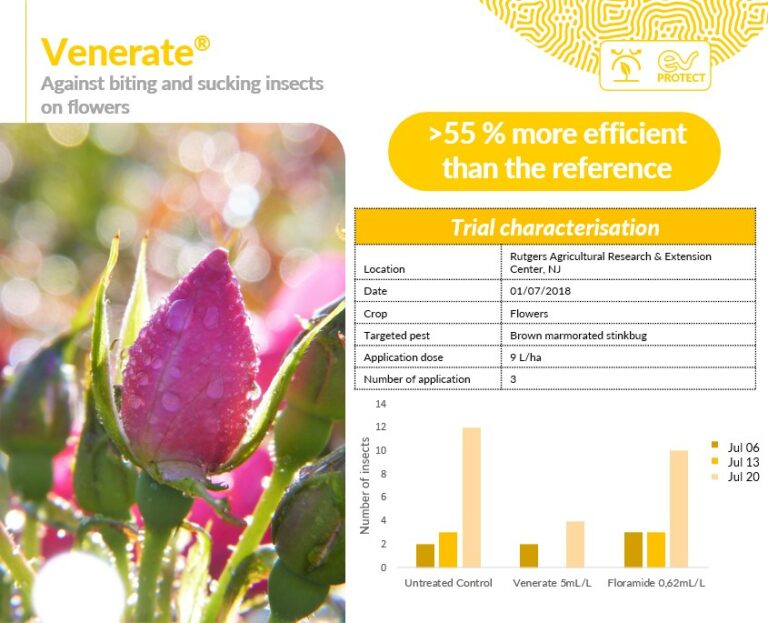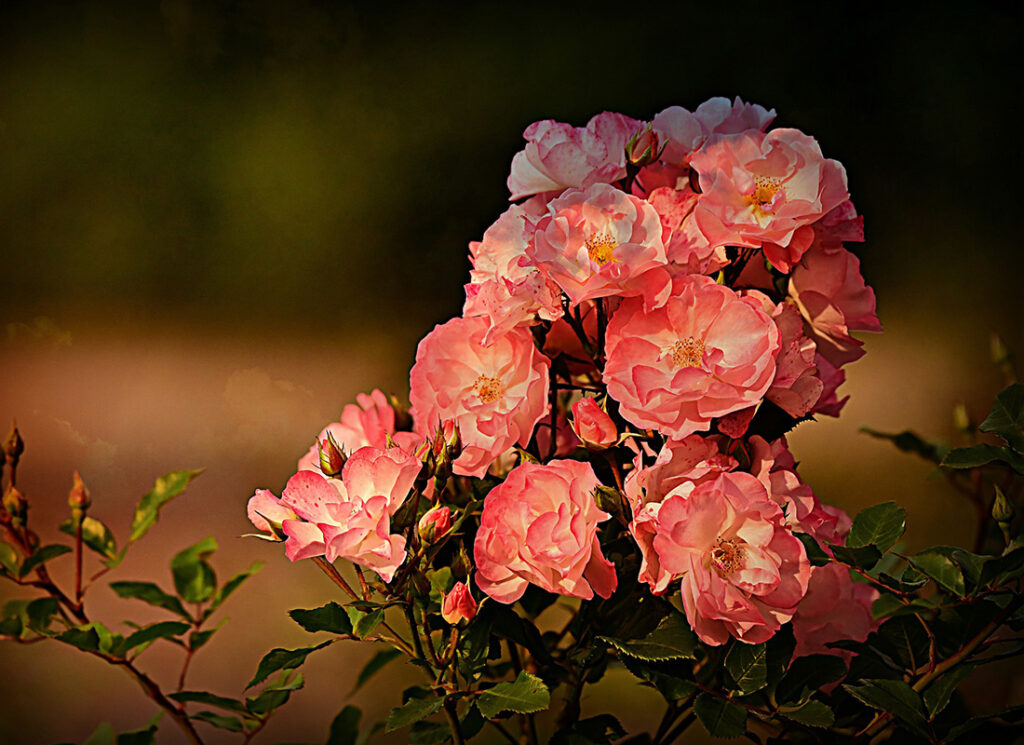
Roses
Elephant Vert is a key partner for the production of roses in Kenya. Kenya is the 2nd largest exporter in the world with an annual turnover of 560 million Euros, exporting 130,000 tons of roses from a cultivated area of 2,900 hectares. These flowers are grown all over the world throughout the year thanks to greenhouse operations. With 6 to 7 flowering periods per year, the cycle lasts 50 to 70 days.
They are grown in the Lake Naivasha (Nakuru) region where it is difficult to extract water, which may be polluted by pesticides.
EV solutions at different BBCH stages
Our Advices
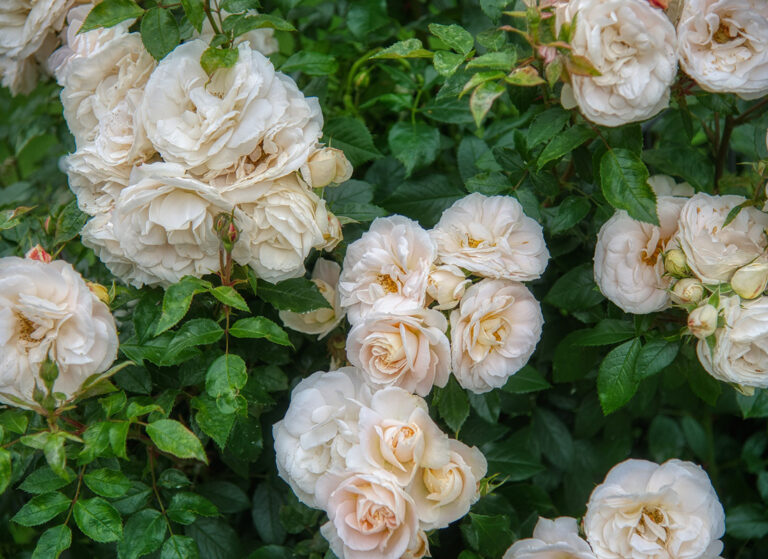
Irrigate the soil well
Roses in Kenya can be grown in soil with a drip irrigation system or on a soilless base (with a mixture of pumice and coco peat).
The feeding of the roses is mainly controlled by a programmed central fertigation unit.
The unit consists of four tanks that form the feeding regime of the roses.
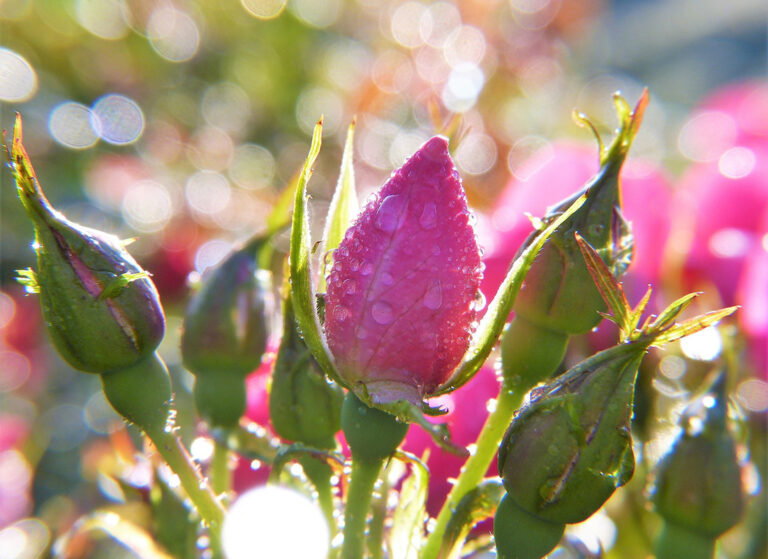
Supplementing nutrient requirements
Roses are flowers that can have deficiencies. It is therefore important to provide supplements to avoid crop losses.
EV presents a range of deficiency correctors. The main manifestations of deficiency are as follows:
Boron(B) Newly emerged leaves are malformed, small, thick, burnt and curled.
Iron (F) A pale yellow color appears on the leaves.
Zinc (Zn) The leaf blade is diminished.
Manganese (Mn) Yellowing of young leaves and veins remain green.
Copper (Cu) Young leaves develop yellow tips and are deformed.
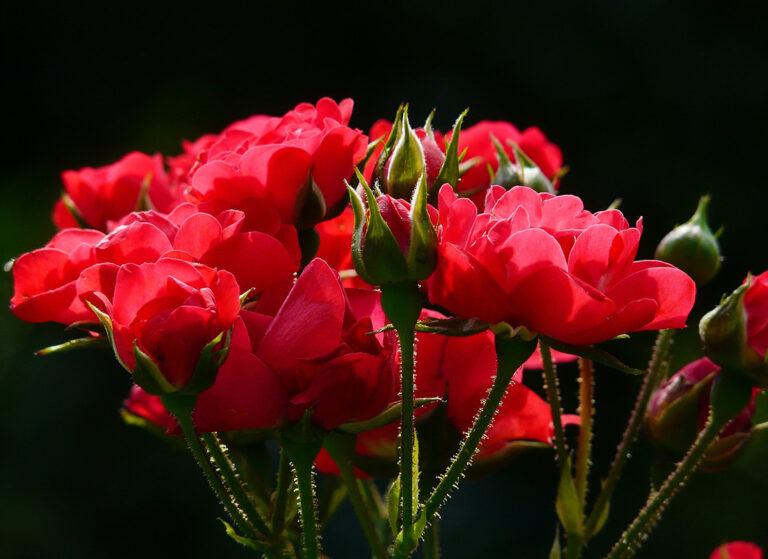
Maximising harvests
Soil and plant nutrition is essential to ensure good flowering.
Amending the soil with organic compost, using solid or liquid fertilizers when the buds and first flowers appear is highly recommended.
The EV Nutri ranges are completely adapted to this culture.
Insects and diseases
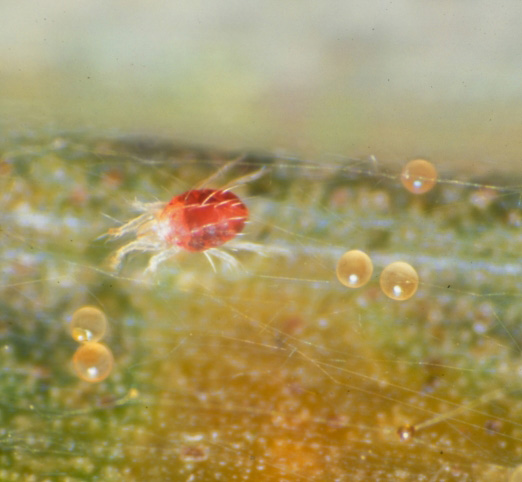
This plant-sucking insect starts in small colonies and can spread to the entire greenhouse...
This plant-sucking insect (Tetranychus spp) starts in small colonies and can spread to the entire greenhouse if not controlled.
Symptoms are leaf infestation, webs and whitish marks. The rose loses its leaves and the yield decreases.
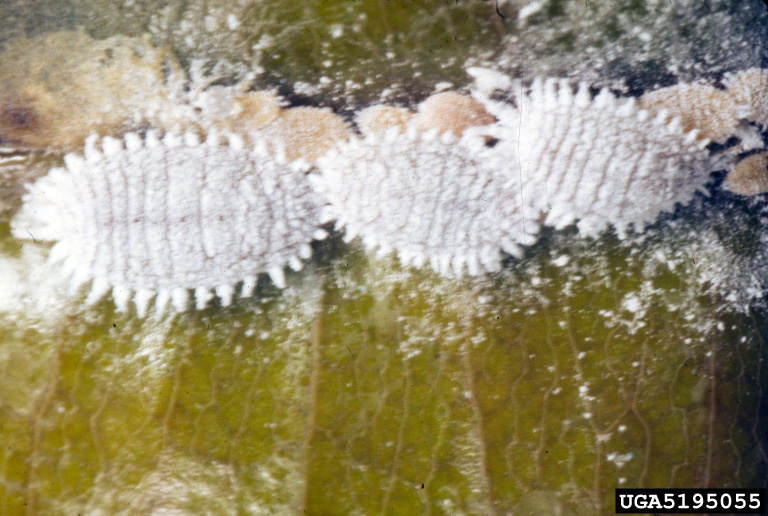
They are small, soft, oval plant-sucking insects with toxic saliva and gray mealy wax...
(Planococcus kenyae )They are small, soft, oval plant-sucking insects with toxic saliva and gray mealy wax.
Only the males can fly They produce honeydew/fumagin which inhibits growth causing short stems, leaf drop and yellow spots.
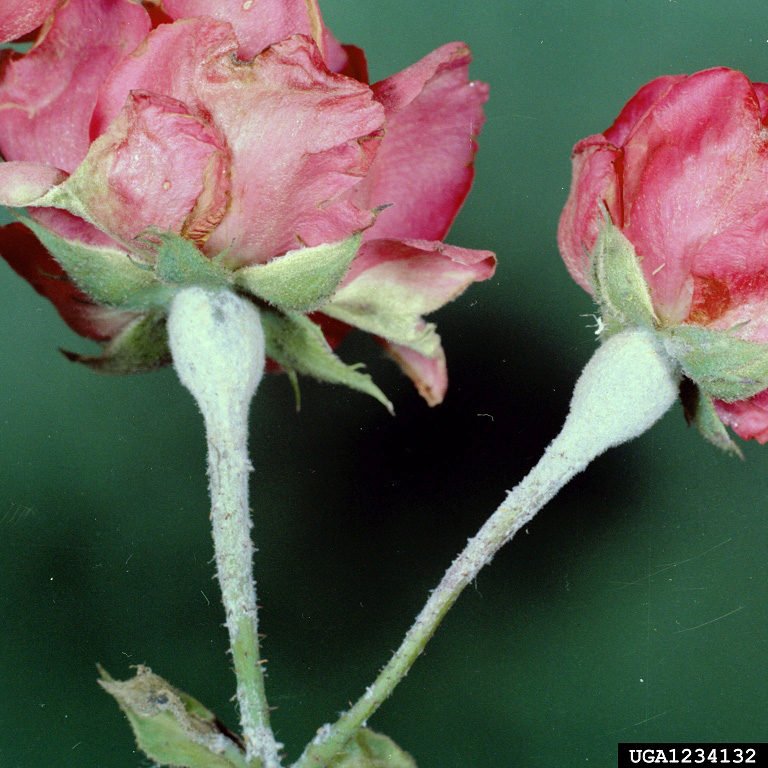
This fungal disease manifests itself as a white powder on the leaves, as well as on the stems and buds...
This fungal disease (Sphaerotheca pannosa var. rosae)manifests itself as a white powder on the leaves, as well as on the stems and buds.
Leaves are attacked, flowers are disfigured and bud growth is stunted.
This disease reduces the vigor and growth of the plant and results in yield loss.
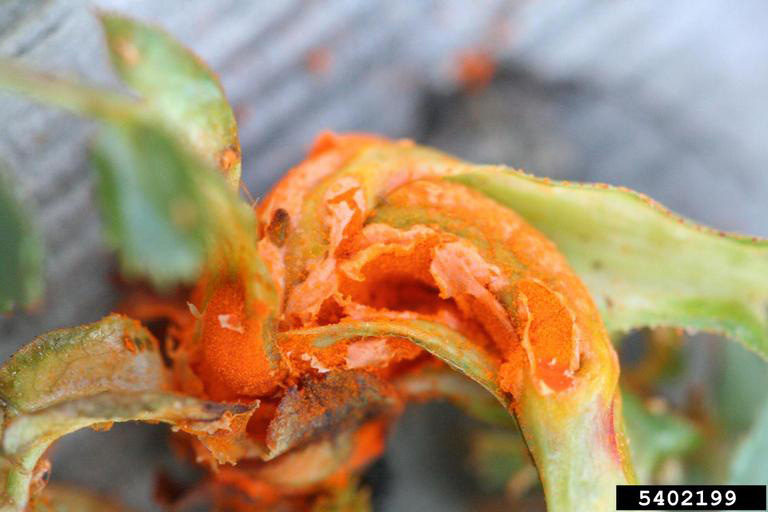
This fungal disease causes orange or black spore pustules on the underside of the leaves...
This fungal disease (Phragmidium tuberculatum) causes orange or black spore pustules on the underside of the leaves or on the entire leaves and stem.
The stems curl and deform and the leaves fall off.
Our Products
Test results
Testimonials
Naivasha
Headof the agronomy department of Beauty Line Flowers (a subsidiary of theDanziger groupin Israel, breeder of gypsophila and roses) Stephen explains how to useKBL's BioPhytoseiulus product (EV Kenya)
Our latest news
JOIN OUR COMMUNITY
And receive our news every quarter. Innovations, seasonal products, crop advice and commercial animations for an efficient and sustainable agriculture.
Your email is only used to send you our newsletters. You can use the unsubscribe link in each email at any time. To learn more about the management of your data and your rights, you can consult our Privacy Policy
- Offer farmers high-performance and accessible biosolutions
- Contribute to the development of sustainable agriculture and the ecological transition
- Generate a positive environmental and societal impact
Your email is only used to send you our newsletters. You can use the unsubscribe link in each email at any time. To learn more about how we manage your data and your rights, you can read our Privacy policy.
